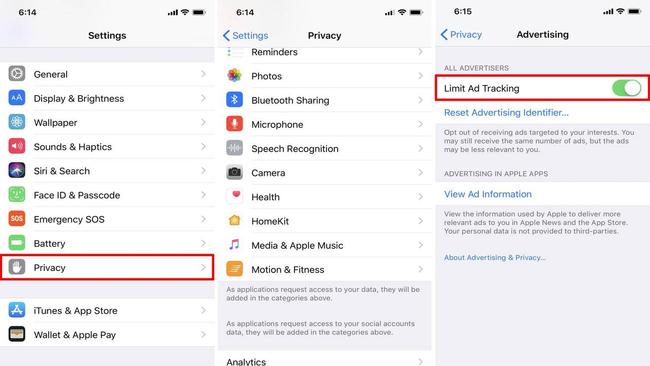How to protect your privacy
It’s time to thoroughly check the data you entrust to Facebook and, through it, to connected apps.

It’s time to thoroughly check the data you entrust to Facebook and, through it, to connected apps. Whenever we open an app using our Facebook credentials, there is the likelihood we have shared our Facebook personal information with the app’s developer.
Personal data can flow the other way too, from apps we have interacted with into Facebook.
The scariest part is when you have nothing to do with the data flow — when you are the friend of someone who on Facebook loves quizzes, or those mad graphics apps that construct a photo of you at 90, or nine months old.
That app may glean your personal information simply because your friend has authorised the app to access their friends’ data. Now let’s address this state of affairs.
In the Facebook smartphone app, press the three parallel lines icon, select Settings (iOS) or Settings & Privacy (Android), Accout Settings>Apps. You’ll see 4 headings under “Apps and Websites”.
Logged in with Facebook lists apps you access using your Facebook credentials. Press the icon at the right, and you’ll see a list of them. When you tap on each one, you’ll see the information you have inadvertently shared with these apps, such as your public profile, friend list, relationship status, work, education history and the rest. Just scroll to the bottom, and remove the app. Do that in each case.
Now choose the second heading Platform. These are apps that, somehow, you authorised to interact with your Facebook account – and its data. Under Apps and Websites select “Turn off Platform”. When activated, Facebook can receive information about your use of third-party apps and websites.
The third heading, Apps Others Use, lists personal information belonging to you that is available to applications, games and websites used by your friends. Uncheck all the categories, unless you want your friends to share your personal data with strangers.
You can also access the settings on a computer from your browser. On your Facebook website, go to app settings and select apps in the left-hand column.
This is just the start. You should revisit permissions that you give apps on your smartphone too. That includes who has access to your location, and the history of where you’ve been.
But what about smartphone apps? They are another story.

How to protect your privacy on smartphones
Do this if you want to address ad tracking and location tracking on your phone.
• Turn off location services for apps you don’t want tracking you. For iOS: Settings>Privacy> Location Services and go through the apps
Android: Settings>Location
•In Facebook, go to Settings>Account Settings>Location and turn it off. Also turn off Location History
Also limit ad tracking: Settings>Account Settings>Ads>Ad Preferences>Ad settings and deactivate the settings you don’t want. You can do the same on the web in Facebook privacy settings.
• On iOS devices, limit Apple’s advertising tracking tool, IDFA (identifier for advertisers). Go to Settings>Privacy>Advertisers and switch on “Limit Ad Tracking”. Reset the advertising identifier.
• Install browser add-ons such as Disconnect Facebook, Privacy Badger, Ghostery and Fair Adblocker to stop Facebook gathering your information. Use private browsing when searching for and buying products.
• Inspect privacy settings of retailers and loyalty cards and ask them to delete your information. Scrap problematic loyalty cards.


